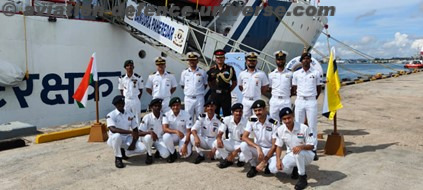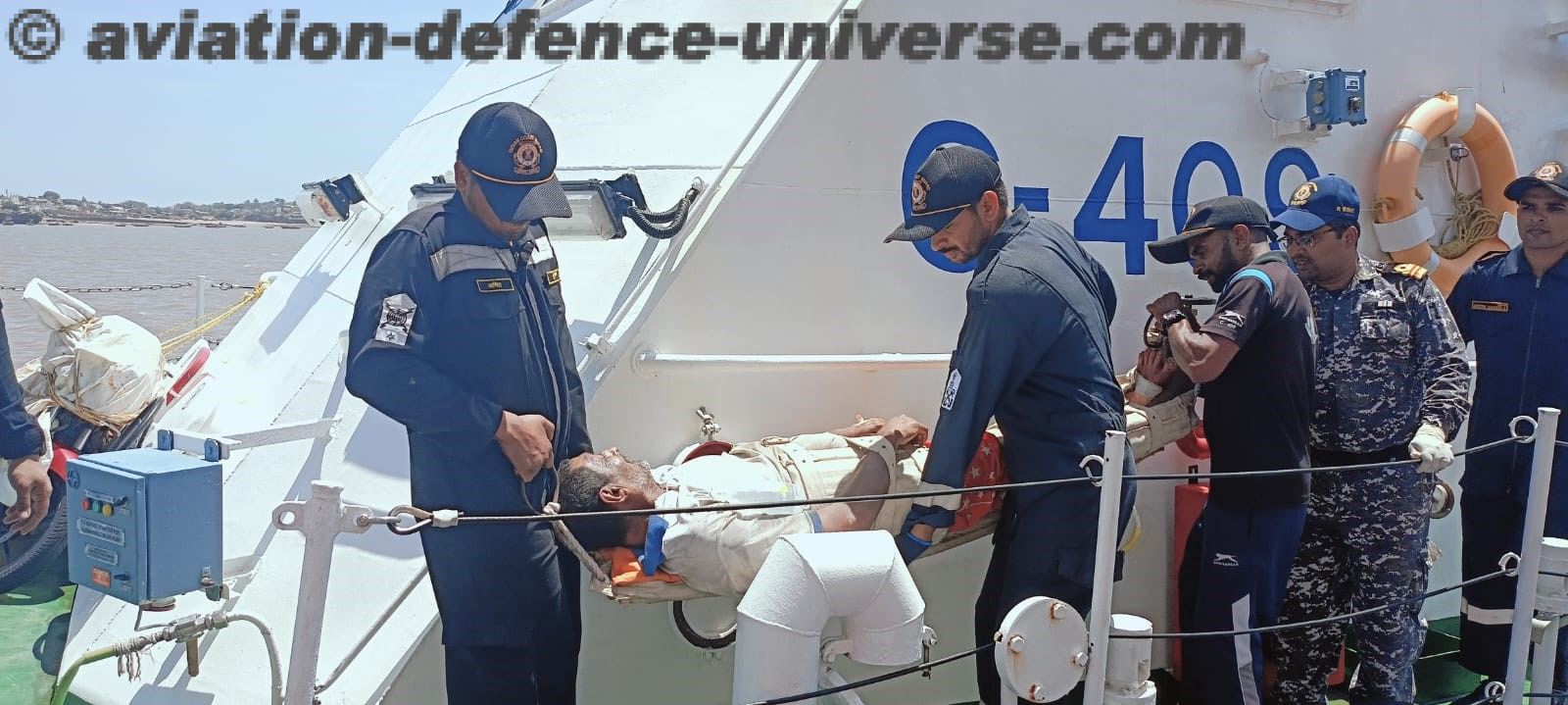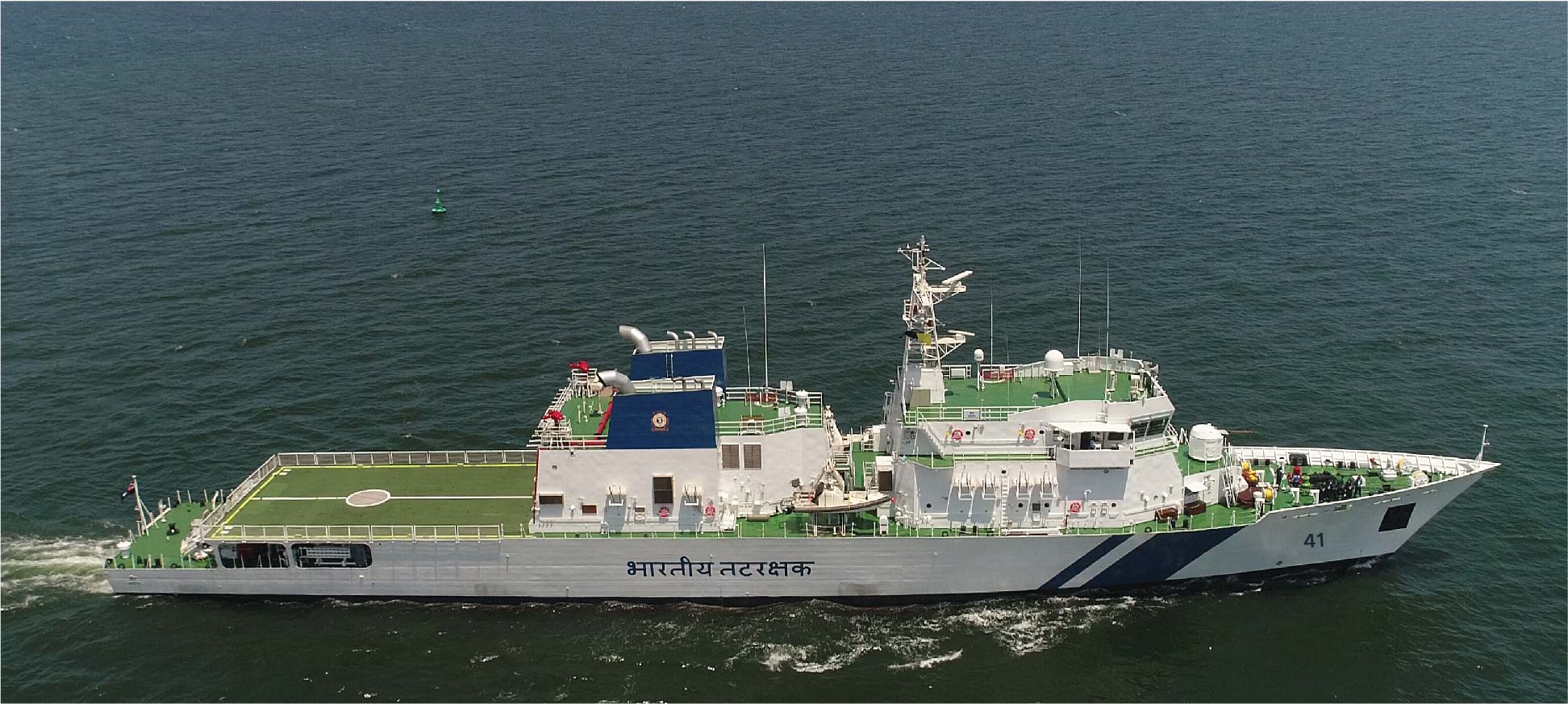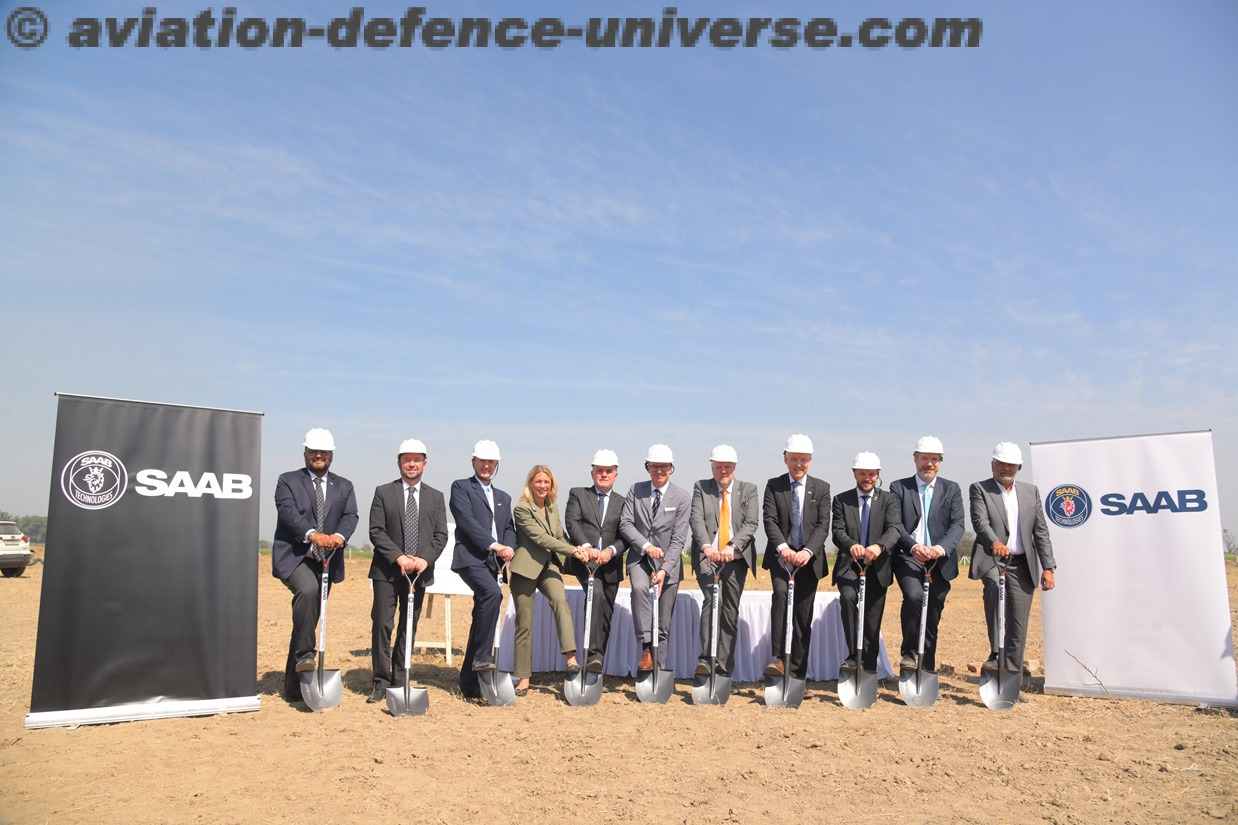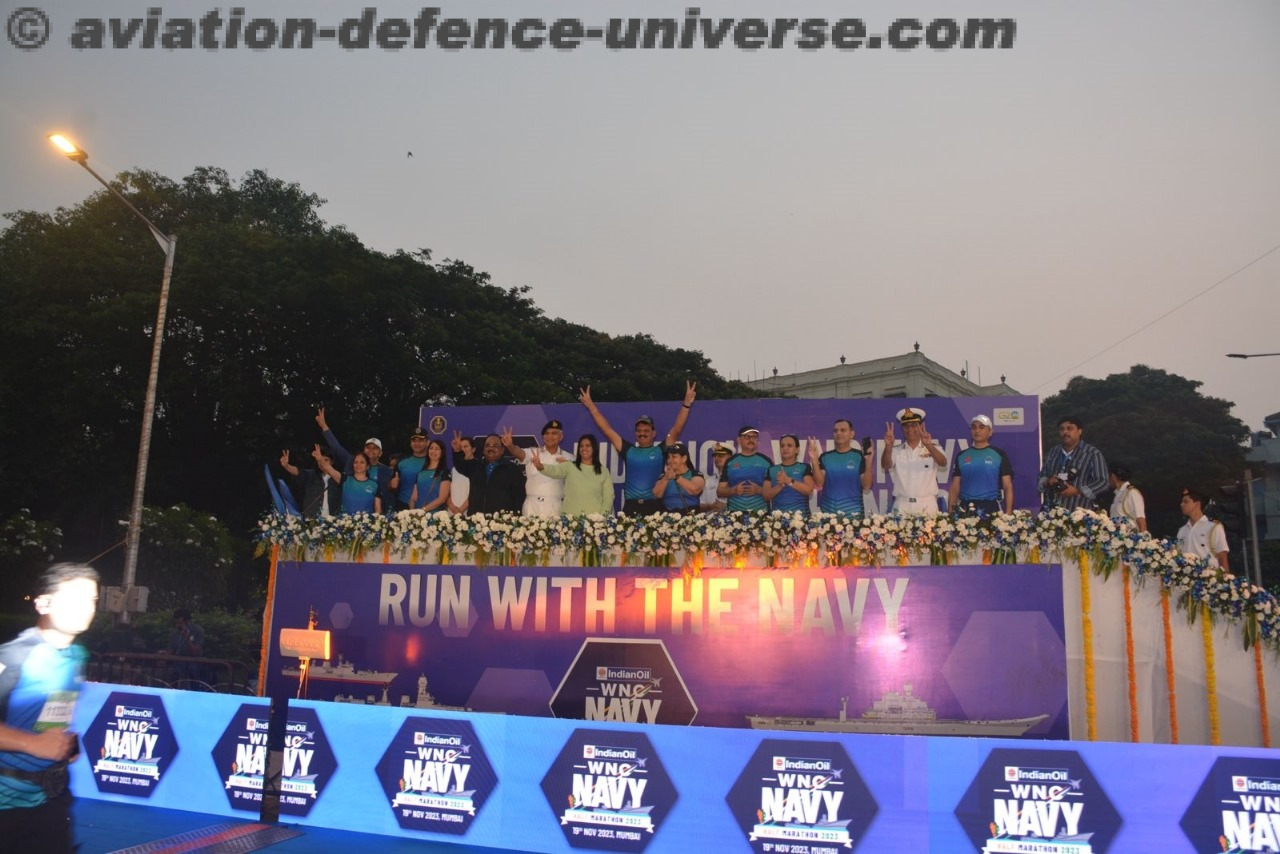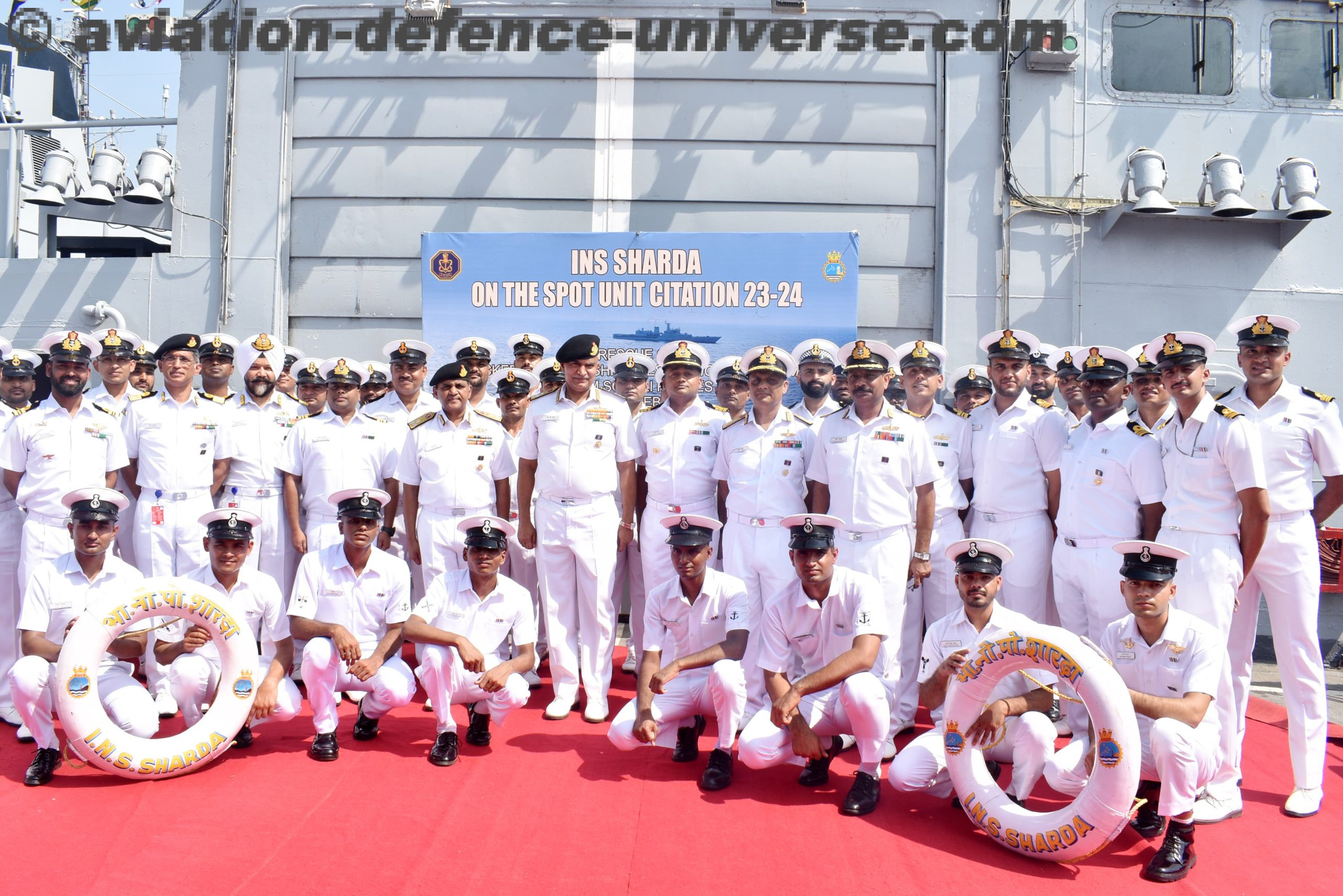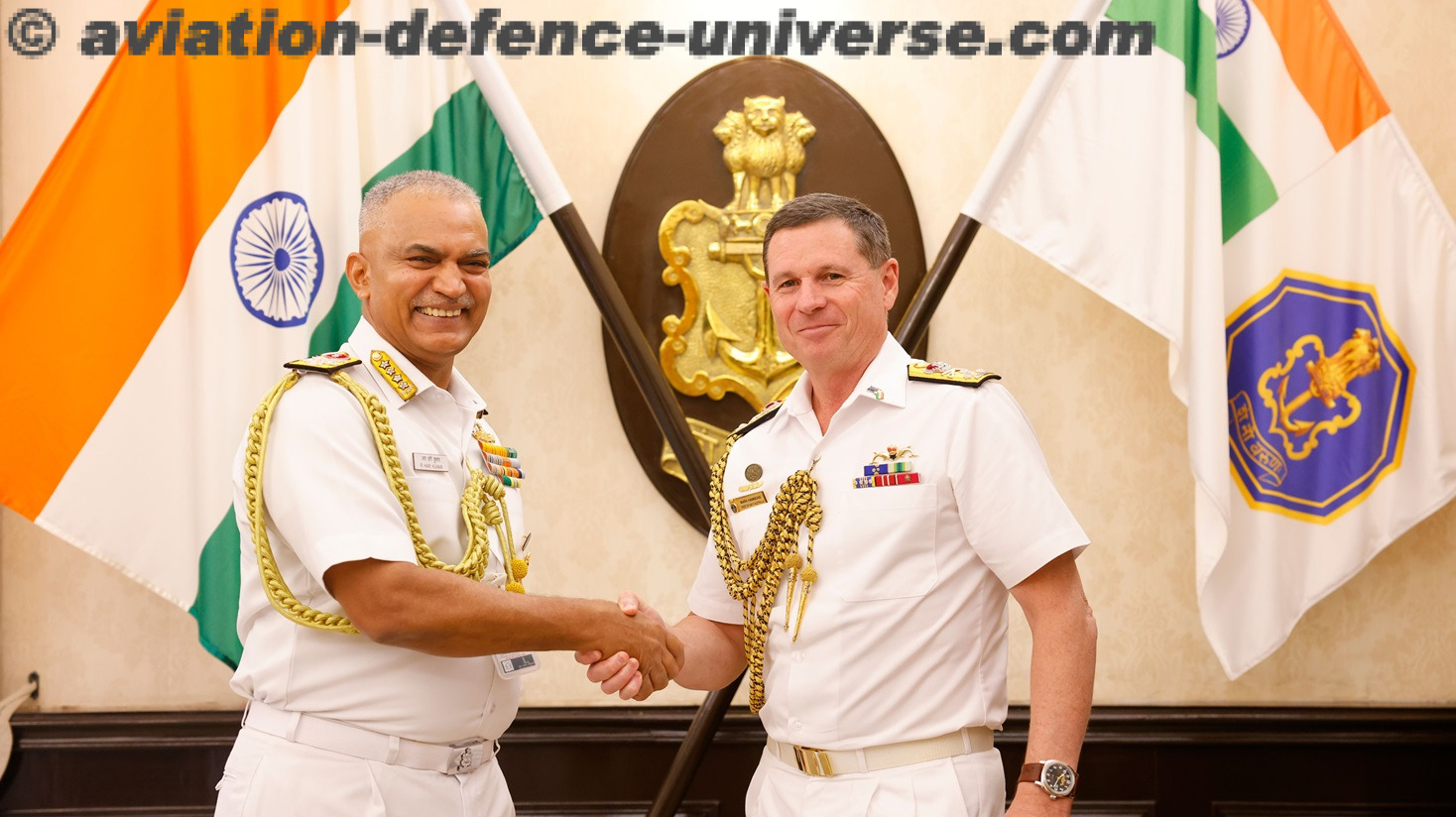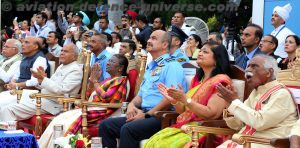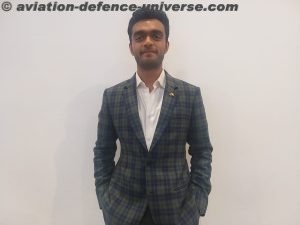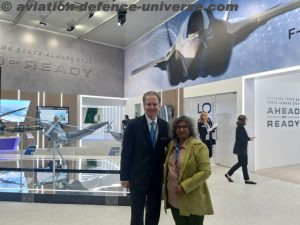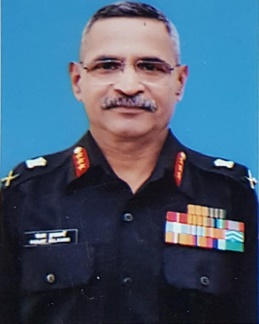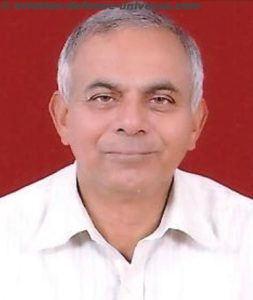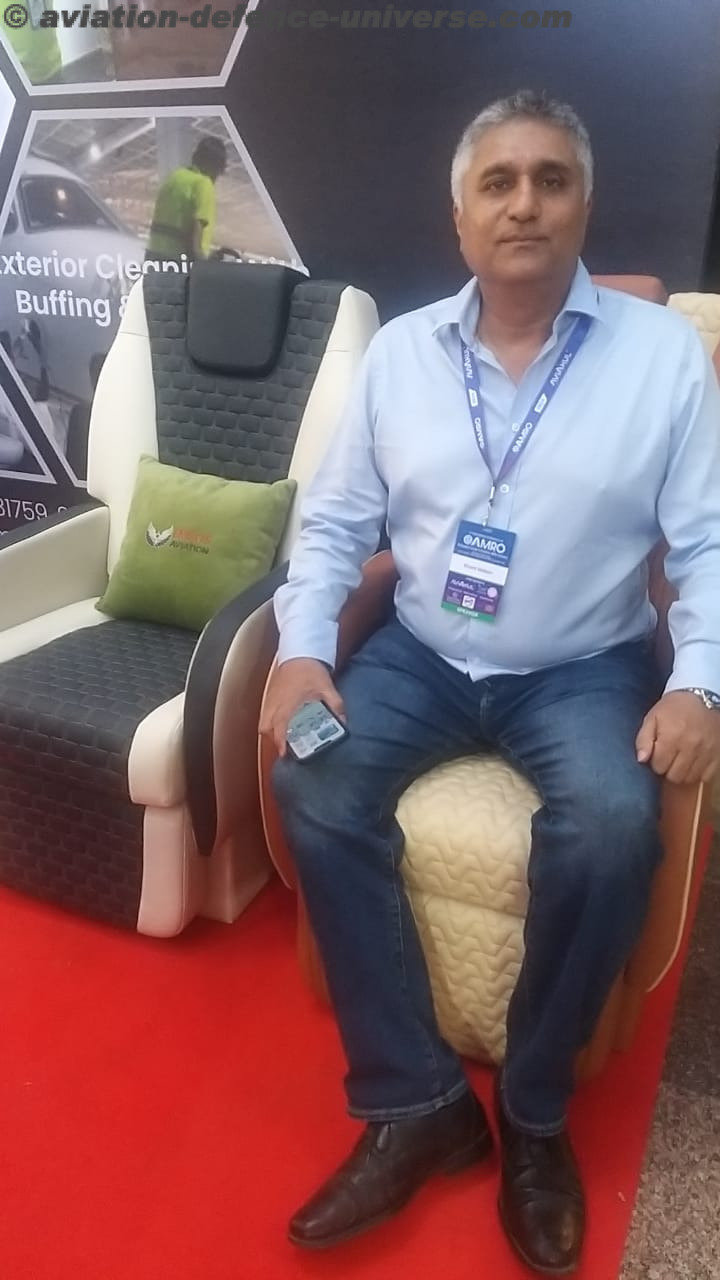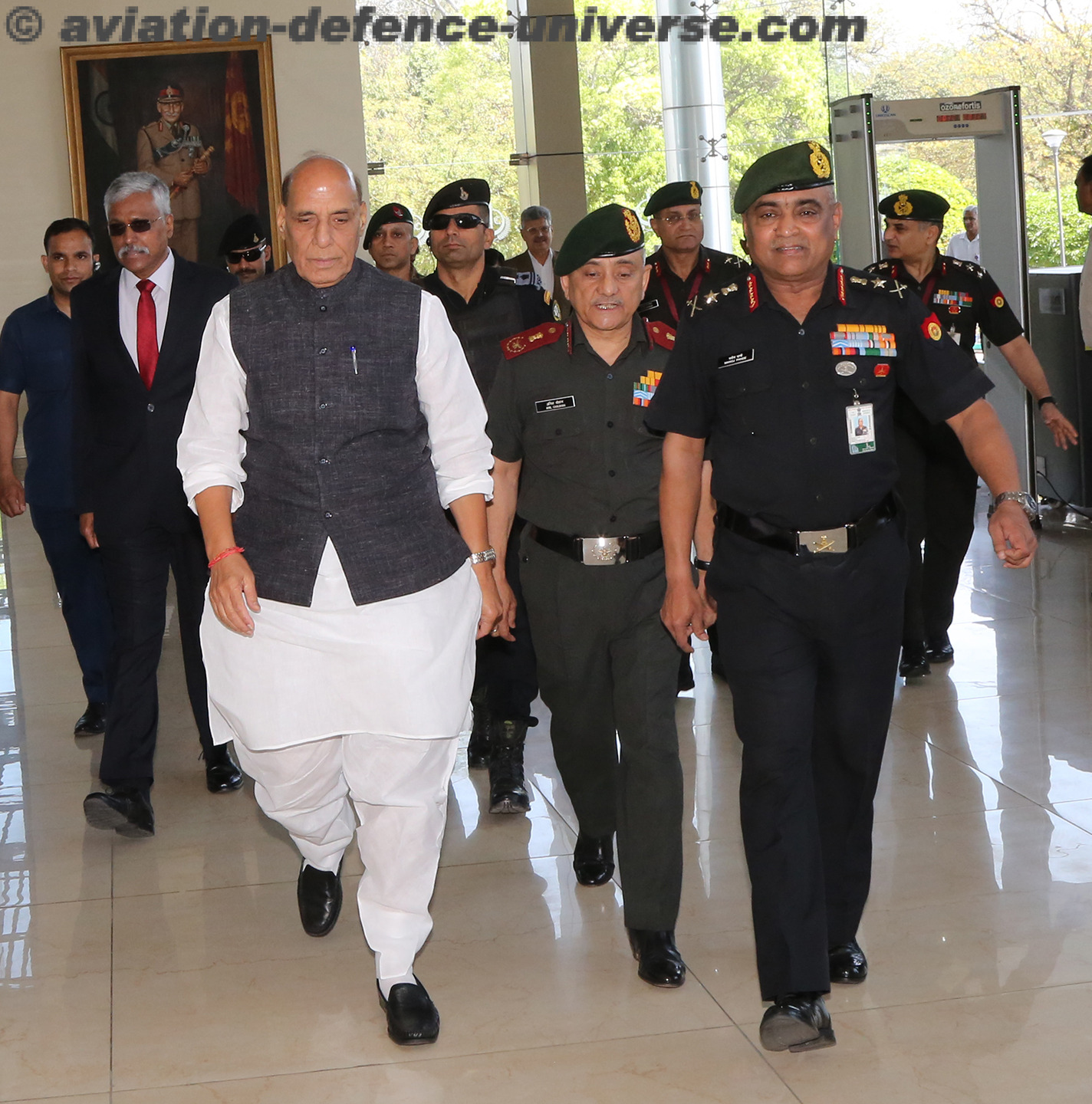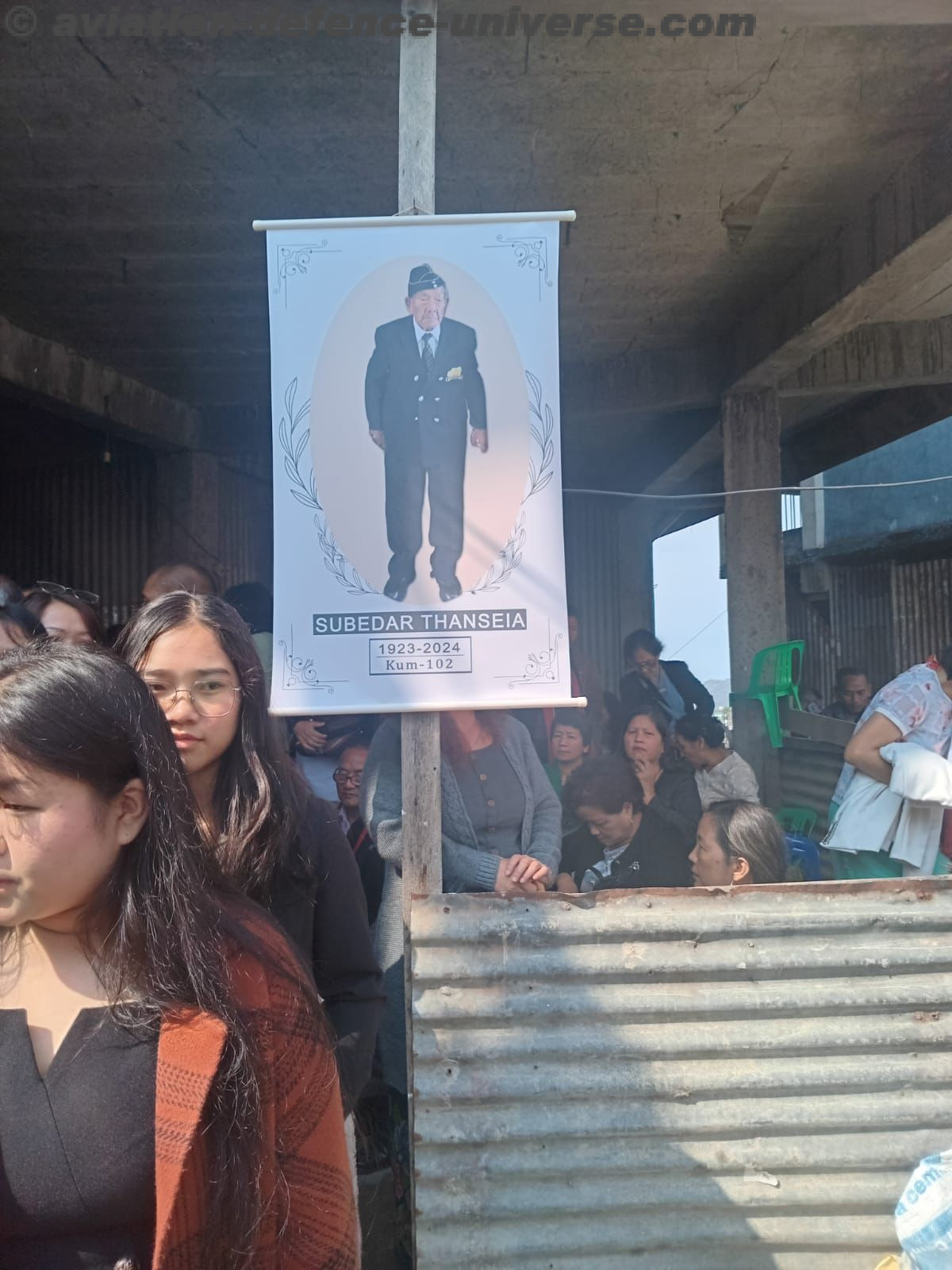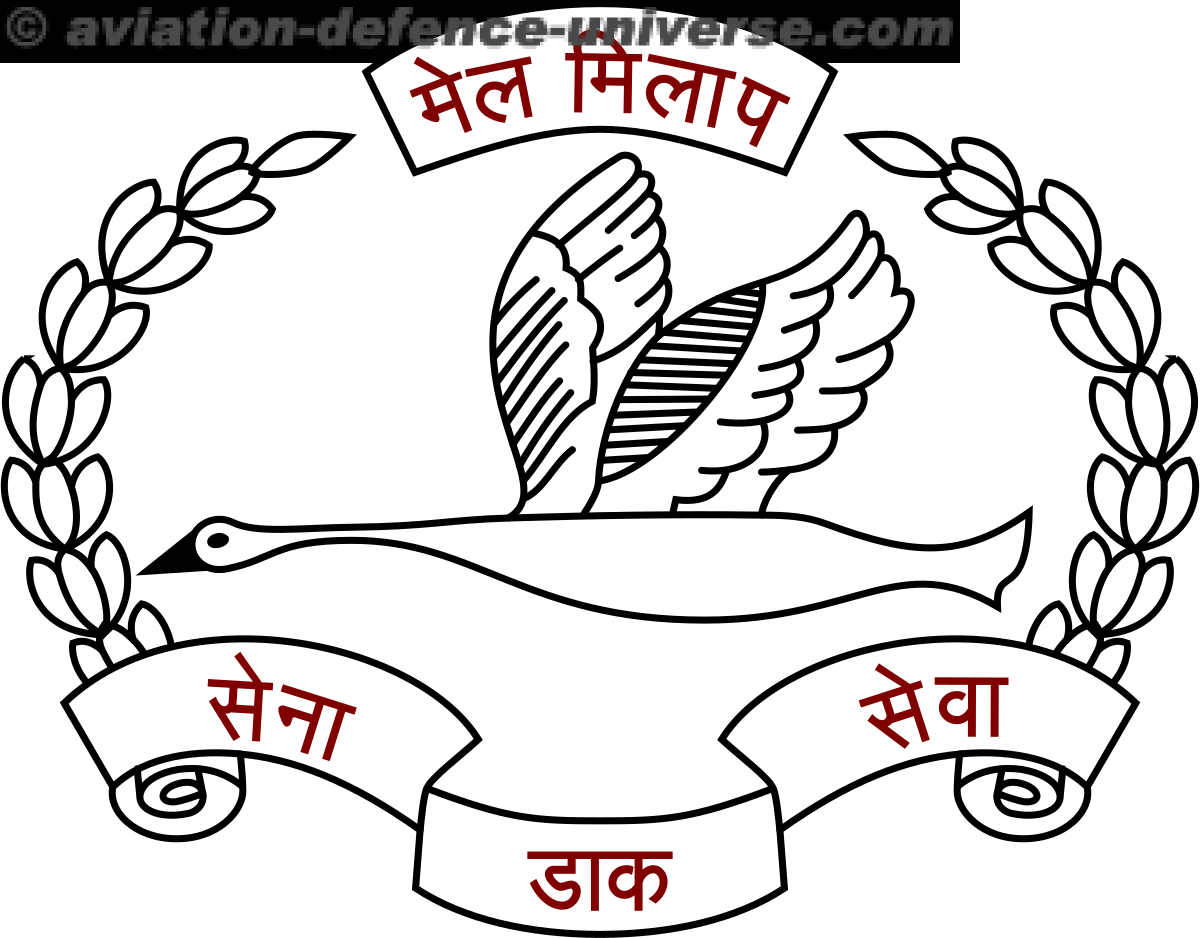This is Sangeeta Saxena getting you live second time today . We are at Sukhna Lake Chandigarh and have just witnessed an amazing bonanza in the skies above from the Indian Airforce. It was a birthday with a difference for IAF and that too the 90th . Not only was it a change of venue for the parade but also for the flypast. At Sukhna Lake , the air warriors and pilots enthralled a new audience, including the President of India Droupadi Murmu, when the fighters, transport aircraft and helicopters of the Indian military fleet performed maneuvres with expertise and elan.
The aircraft flew from eight bases over the Sukhna lake with up to six-km visibility and a cloudy heavily laden sky. Defence Minister Rajnath Singh, Chief of Defence Staff, Governors of Punjab and Haryana Banwarilal Purohit and Bandaru Dattatreya, Haryana Chief Minister Manohar Lal Khattar and Chandigarh MP Kirron Kher were present along with Air Chief Marshal V R Chaudhari as President Murmu was accorded the guard of honour upon her arrival at the venue on her maiden visit to Chandigarh as the President of India.
The cynosure of all eyes at the flypast was the recently inducted and indigenously built Light Combat Helicopter (LCH) ‘Prachand’ which flew in a three-aircraft formation above Sukhna Lake. A success story under Make in India the LCH is produced by Hindustan Aeronautics Ltd (HAL) is capable of destroying enemy tanks, bunkers, drones and other assets in high-altitude regions.
The fight component took the breath of the audience away when Light Combat Aircraft (LCA) Tejas, Sukhoi, Jaguar and Rafale performed in speeds unbelievable. Transport aircraft AN-32, IL-76 , C-17 and C-130J and the trainer aircraft Hawk flew in formations. Helicopters flying over the lake left the audience mesmerised . Light Combat Helicopter Prachand, Advanced Light Helicopter Dhruv, Chinook, Apache and Mi-17 performed awe-inspiring flying antics.
IAF’s French made Rafale fightersIAF’s French made Rafale fighters flew in from the lake’s eastern end, looped towards the North and executed a ‘vertical charlie’ manoeuvre, climbing straight into the partially clouded skies. These came from the Ambala-based No.17 Squadronand made two such runs.
As always ‘Aakash Ganga’ team of paratroopers in an AN-32 aircraft were paradropped over the lake who came down carrying flags and national colours .
Mi 17 V5 ‘Neeru’ choppersMi 17 V5 ‘Neeru’ choppers showed their capability to undertake a fire-fighting operation using a ‘bambi bucket’. It is a helicopter bucket is a specialised bucket suspended on a cable carried by a helicopter to deliver water for aerial firefighting. Each bucket has a release valve on the bottom which is controlled by the helicopter crew. When the helicopter is in position, the crew releases the water to extinguish or suppress the fire below. Each release of the water is referred to as a drop. The design of the buckets allows the helicopter to hover over a water source – such as a lake, river, pond, or tank – and lower the bucket into the water to refill it. This allows the helicopter crew to operate the bucket in remote locations without the need to return to a permanent operating base, reducing the time between successive drops.
Mi 17 IV helicopters performed helocasting which is an airborne technique used by special operations forces, to insert soldiers into a military area of operations. The small unit is flown, by helicopter, to a maritime insertion point. Once there, the aircraft assumes an altitude just above the water’s surface and an airspeed of 10 knots (19 km/h) or less. Team members then exit the aircraft and enter the water. In some cases, depending upon the mission parameters and the aircraft used, personnel may be inserted along with an inflatable boat for over-the-horizon operations. When a fully inflated boat is transported and inserted with personnel, this type of operation is known as a “hard duck”. In cases where a fully inflated boat cannot be accommodated by the aircraft, it can be partially deflated for transit and inflated at the insertion point by means of a foot pump. This type of operation is known as a “soft duck”. If inflation to any degree is not feasible, a “rolled duck” may be performed. Once team members are in the water, they may swim to the objective or, in the case of a “hard duck”, “soft duck”, or “rolled duck”, conduct an over-the-horizon transit to the objective, via inflatable boat.
The US-made Chinook choppers, which are used for transporting troops, artillery etc, carried artillery guns hovering over the lake. The two all-weather helicopters conducted a hovering operation at just 30-feet height, displaying its capability to land on a tough terrain.
Rafale, Jaguar, Tejas and Mirage 2000 flew in ‘Sekhon’ formation, which is dedicated to IAF officer and Param Vir Chakra recipient late Nirmaljit Singh Sekhon. The packed crowd was also enthralled by ‘Ensign’ formation comprising three Mi-17 V5 helicopters. The ‘Globe’ formation comprised a C-17 heavy lift aircraft and nine Hawk-132 jets trained by the Surya Kiran display team which also presented their formation flying skills, performing various loops and rolls.
The ‘Eklavya formation’ comprised an Mi-35 aircraft in lead with two Apache and ALH Mk IV helicopters, while the ‘Big Boy’ formation consisted of an IL-76 and two AN-32 aircraft. The IAF’s vintage aircraft Harvard and Dakota also made an appearance in the air show.
Among the formations was ‘Vajraang’, comprising C-130 J and Sukhoi-30, and ‘Netra’ by the airborne early warning and control aircraft, Sukhoi-30 and MiG-29 fighter jets.
IAF’s vintage aircraft Harvard and Dakota also made an appearance. The Surya Kiran team comprising of nine Hawk and Sarang helicopter of four Dhruv choppers also performed above Sukhna Lake.
Sarang is the helicopter air display team of the Indian Air Force that flies four modified HAL Dhruv helicopters, also known as Advanced Light Helicopter (ALH). The team was formed in October 2003 and their first performance was at the Asian Aerospace show, Singapore, in 2004. The name Sarang is symbolic; the peacock is the national bird of India. The unit was inducted as No. 151 Helicopter Unit in 2005 and was shifted from Yelahanka AFS, Bangalore to Sulur AFS, Coimbatore in 2009.
Surya Kiran is an aerobatics demonstration team of the Indian Air Force. The Surya Kiran Aerobatic Team (SKAT) was formed in 1996 and are a part of the 52nd Squadron of the IAF. The team has since performed numerous demonstrations usually with nine aircraft. The squadron was composed of the HAL HJT-16 Kiran Mk.2 military trainer aircraft till 2011 and were based at the Bidar Air Force Station in Karnataka. The team was suspended in February 2011 and was re-established with Hawk Mk-132 aircraft in 2017.
84 military aircraft and helicopters participated in the Air Force Day fly-past at the Sukhna Lake complex . The Indian Air Force was officially established on 8 October 1932. Its first flight came into being on 01 Apr 1933 with six RAF-trained officers and 19 Havai Sepoys (air soldiers). The aircraft inventory consisted of four Westland Wapiti IIA army co-operation biplanes at Drigh Road as the “A” Flight nucleus of the planned No.1 (Army Co- operation) Squadron.
ADU salutes the Indian Air Force officers and air warriors for keeping our skies safe. The nation is indebited to them.






